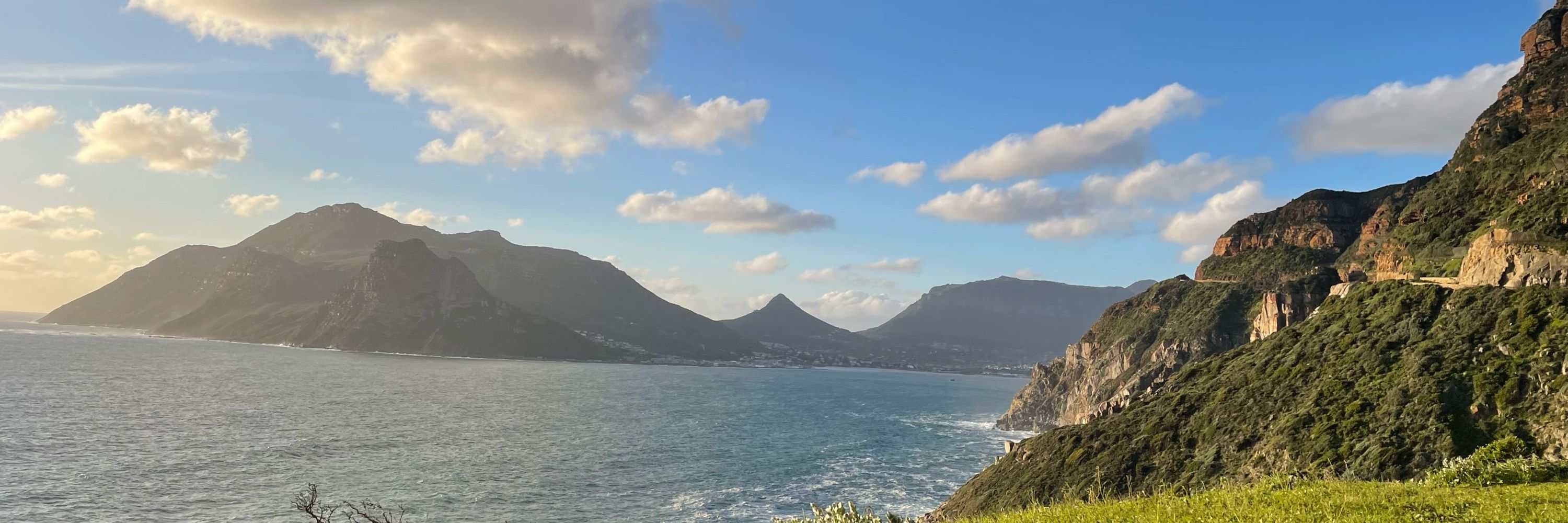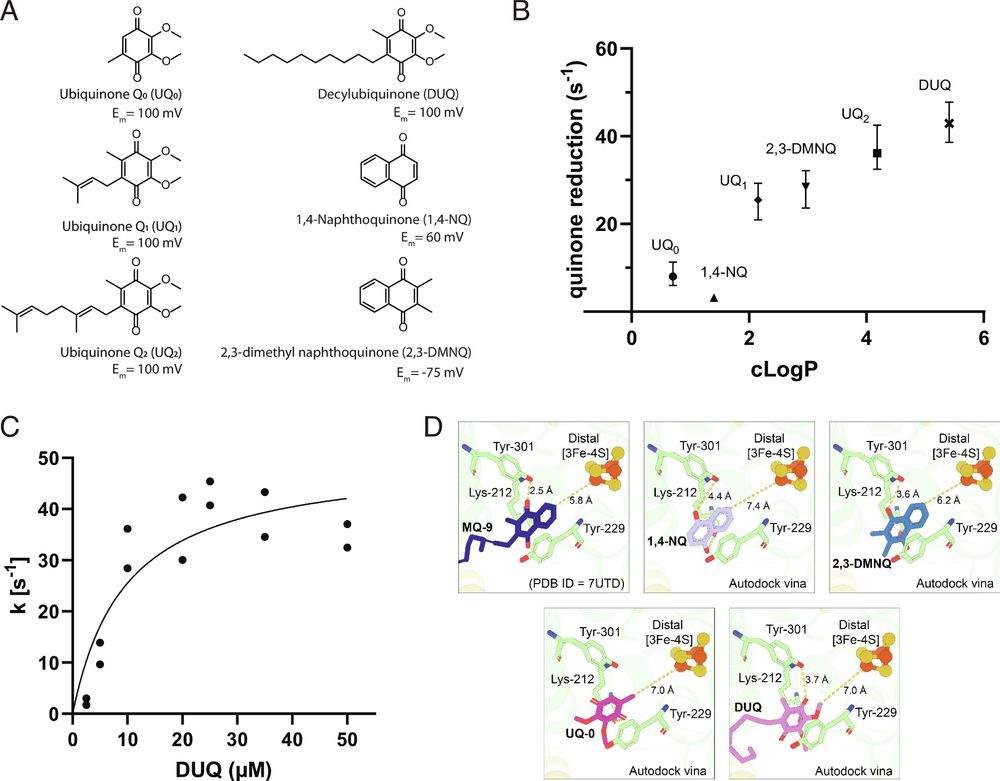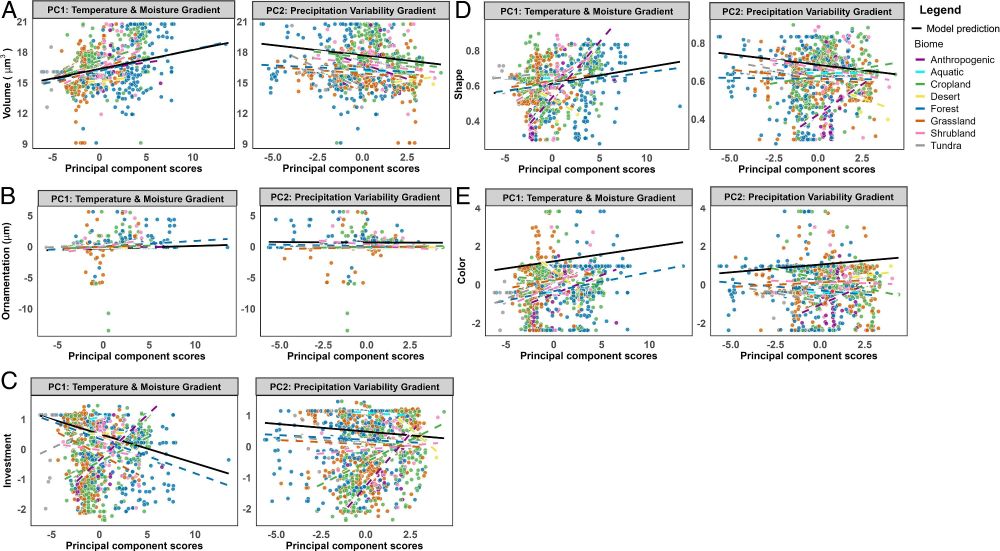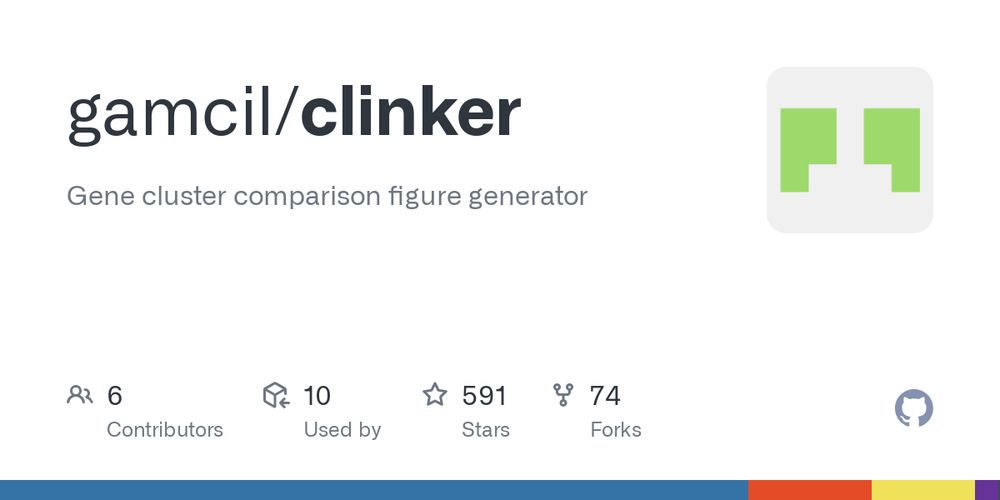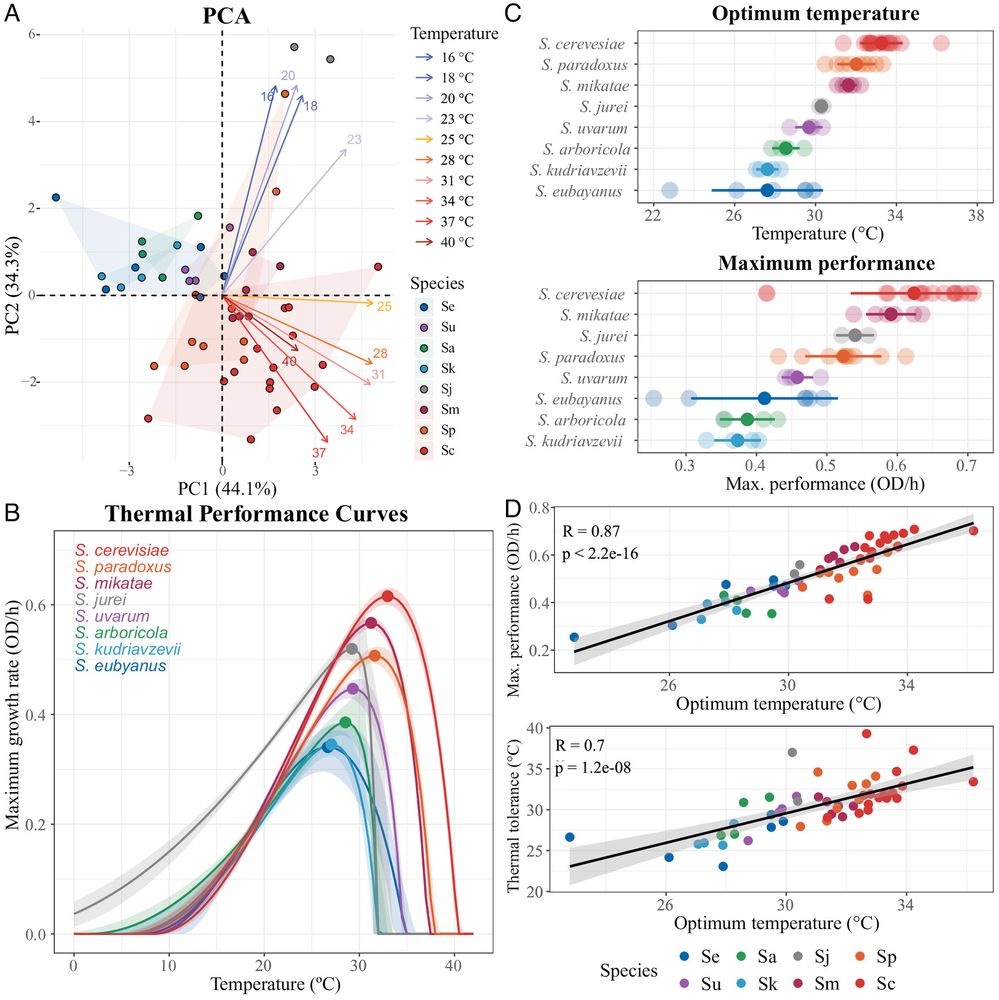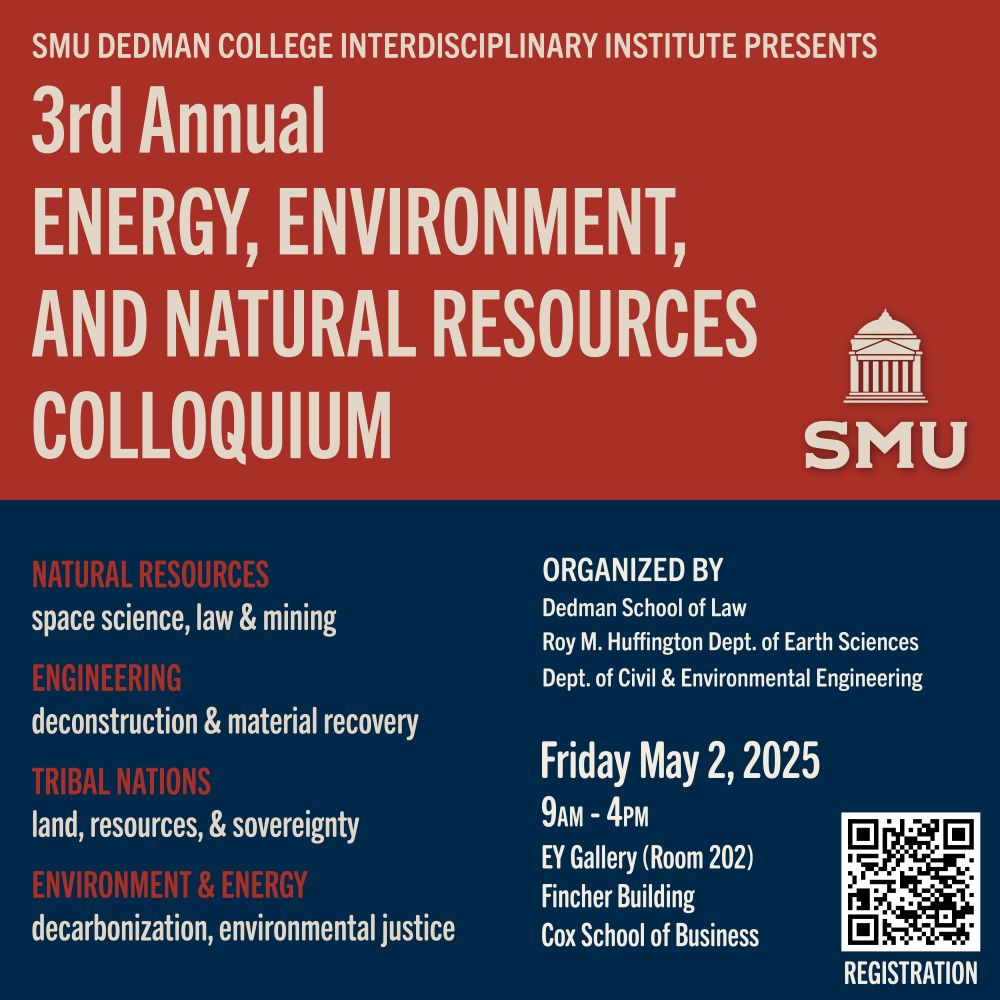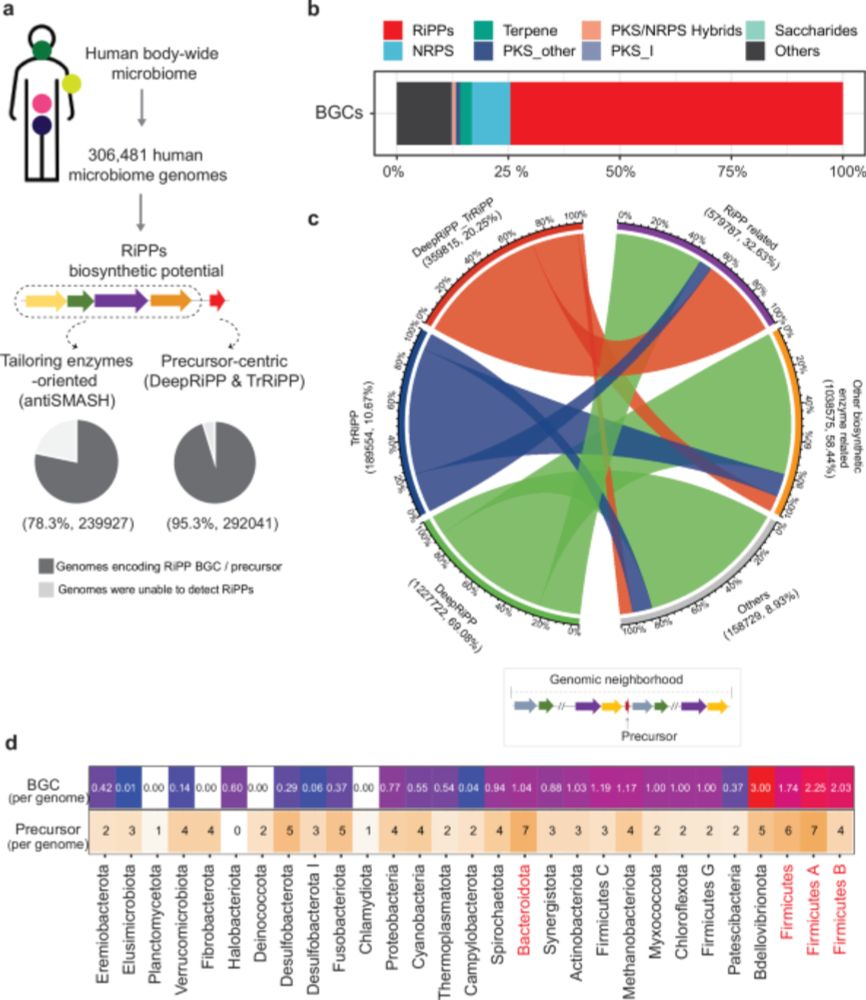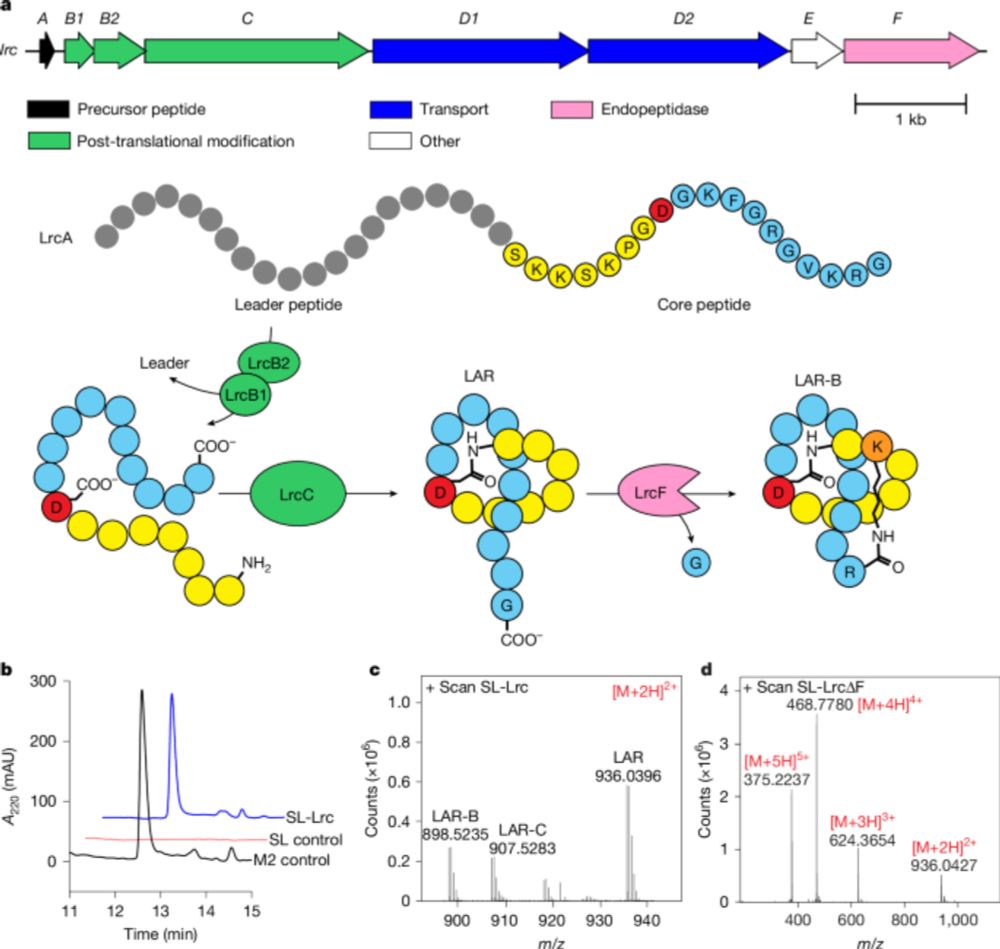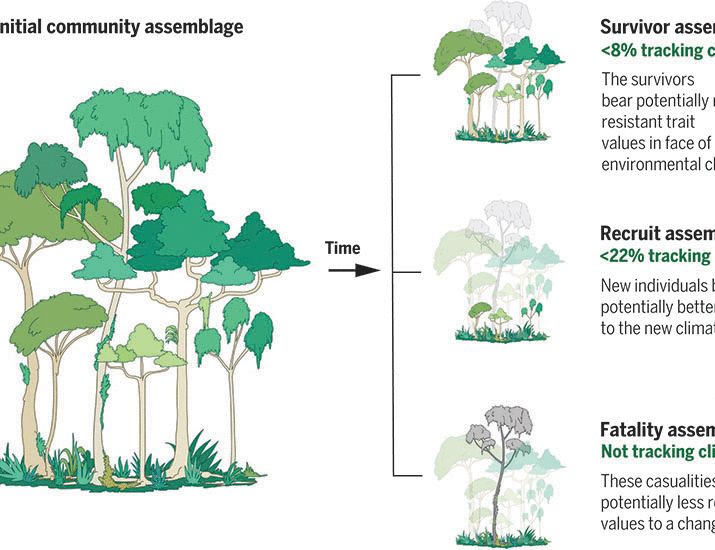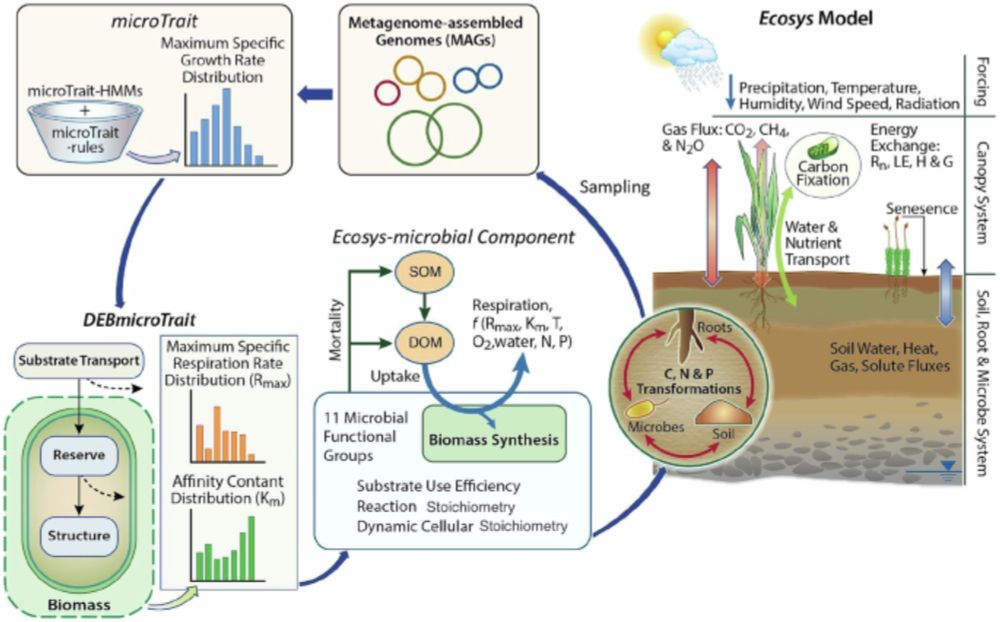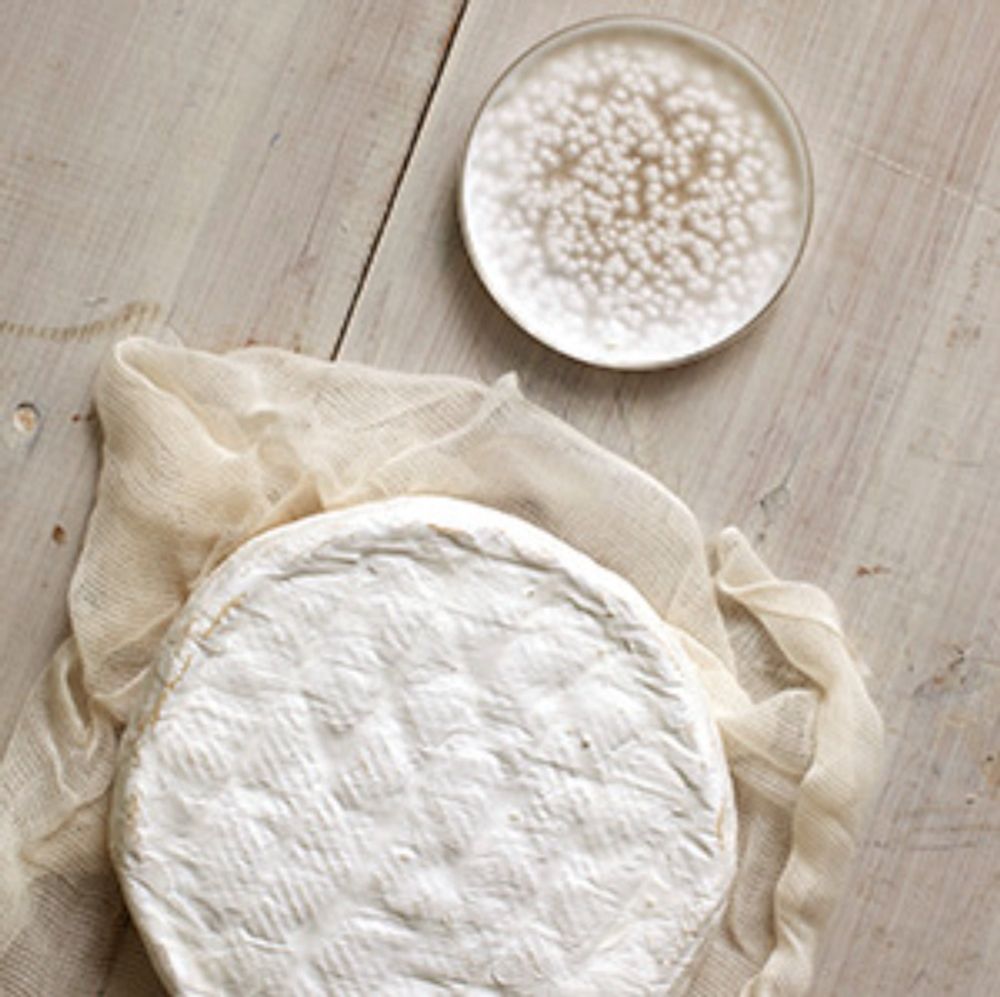Alex Chase 🧬🌋🌊
@microbomics.bsky.social
390 followers
130 following
40 posts
Assist Prof of Earth Sciences at SMU
Microbial ecologist 🔬🦠
English bulldog enthusiast 🐶🐾
Posts
Media
Videos
Starter Packs
Alex Chase 🧬🌋🌊
@microbomics.bsky.social
· Aug 20
Reposted by Alex Chase 🧬🌋🌊
Reposted by Alex Chase 🧬🌋🌊
Alex Chase 🧬🌋🌊
@microbomics.bsky.social
· Jul 12
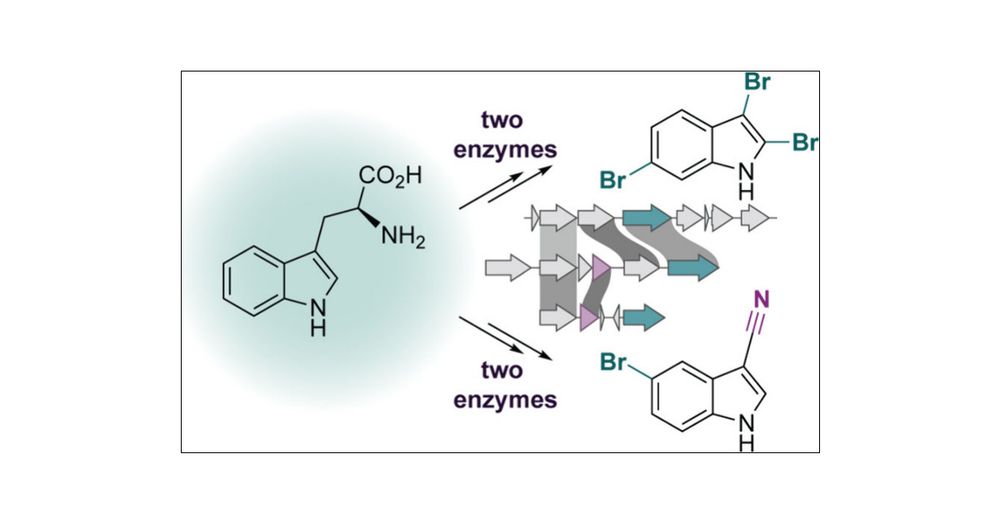
Metagenomic Identification of Brominated Indole Biosynthetic Machinery from Cyanobacteria
Halogenated indole natural products have been isolated from a variety of organisms, including plants, marine algae, marine invertebrates, and bacteria. Aquatic cyanobacteria, in particular, are rich producers of brominated indoles, but their cognate biosynthetic enzymes have only been successfully linked in a limited number of natural products, such as the eagle-killing toxin aetokthonotoxin (AETX). The biosynthetic pathway for AETX involves five enzymes, two of which were previously undescribed due to incomplete annotations as hypothetical proteins. Our recent elucidation of AETX biosynthesis established functions of the two previously unknown proteins as enzymes responsible for tryptophan halogenation (AetF) and nitrile synthesis (AetD). Given their sequence novelty, we queried metagenomic data sets for these two enzymes and identified two new cyanobacterial haloindole biosynthetic gene clusters (BGCs) from marine sediment in Moorea, French Polynesia, and soil-derived samples in Maunawili Falls, Hawaii. We characterized the recovered BGCs by biochemically validating a new AetF homologue that exclusively halogenates free indole, rather than tryptophan as observed in AETX biosynthesis, and a new AetD homologue that harbors distinct substrate preferences, expanding the scope of nitrile biosynthesis. Additional characterization of core and accessory enzymes within these AETX-like BGCs highlights the breadth and diversity of haloindole biosynthetic machinery in cyanobacteria.
pubs.acs.org
Alex Chase 🧬🌋🌊
@microbomics.bsky.social
· Jun 18
Reposted by Alex Chase 🧬🌋🌊
Reposted by Alex Chase 🧬🌋🌊
Cameron Thrash
@jcamthrash.bsky.social
· May 21
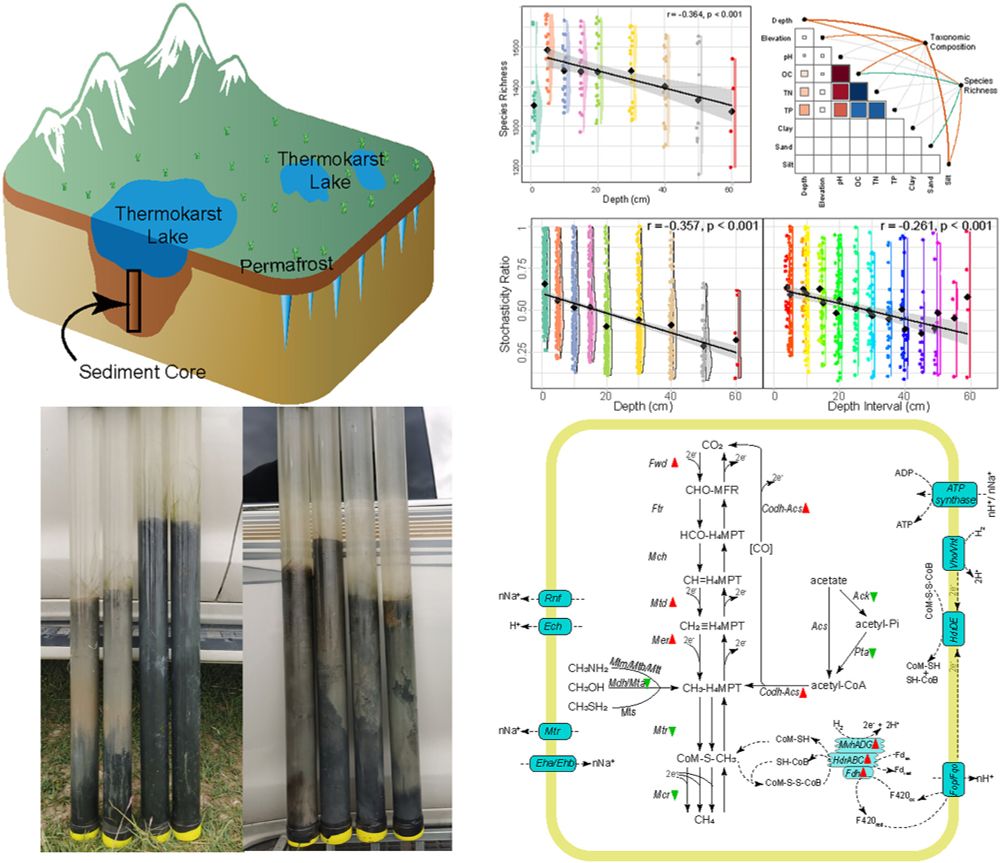
Unearthing Vertical Stratified Archaeal Community and Associated Methane Metabolism in Thermokarst Sediments
Vertical stratification in thermokarst lake sediments drives archaeal community assembly, with declining diversity, deterministic selection, and modular networks at depth. Taxa shifts (e.g., rising T....
enviromicro-journals.onlinelibrary.wiley.com
Reposted by Alex Chase 🧬🌋🌊
Alex Chase 🧬🌋🌊
@microbomics.bsky.social
· May 20

When is microbial cross-feeding evolutionarily stable?
Cross-feeding, a phenomenon in which organisms share metabolites, is frequently observed in microbial communities across the natural world. One of the most common forms is waste-product cross-feeding,...
www.biorxiv.org
Alex Chase 🧬🌋🌊
@microbomics.bsky.social
· May 19
Reposted by Alex Chase 🧬🌋🌊
Alvaro San Millan
@sanmillan.bsky.social
· May 15
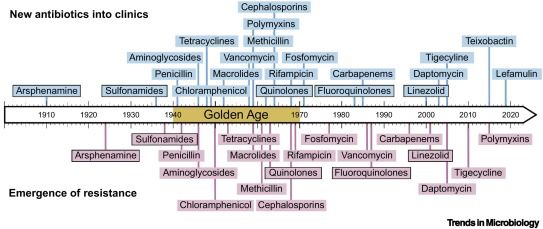
Plasmid–bacteria associations in the clinical context
Antimicrobial resistance (AMR) is one of the most pressing global health problems,
with plasmids playing a central role in its evolution and dissemination. Over the
past decades, many studies have inv...
www.cell.com
Alex Chase 🧬🌋🌊
@microbomics.bsky.social
· Apr 25
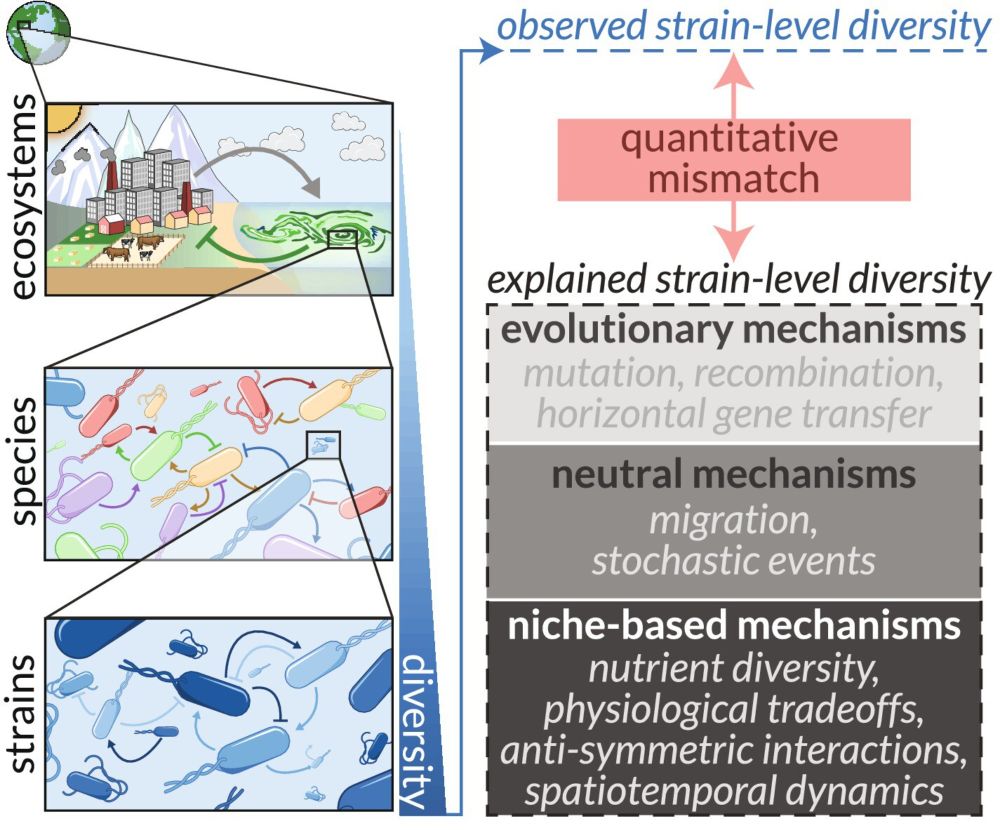
Paradox of the Sub‐Plankton: Plausible Mechanisms and Open Problems Underlying Strain‐Level Diversity in Microbial Communities
“Paradox of the sub-plankton: Plausible mechanisms and open problems underlying strain-level diversity in microbial communities” by Akshit Goyal* and Griffin Chure*. This work highlights the limitati...
doi.org
Alex Chase 🧬🌋🌊
@microbomics.bsky.social
· Mar 21
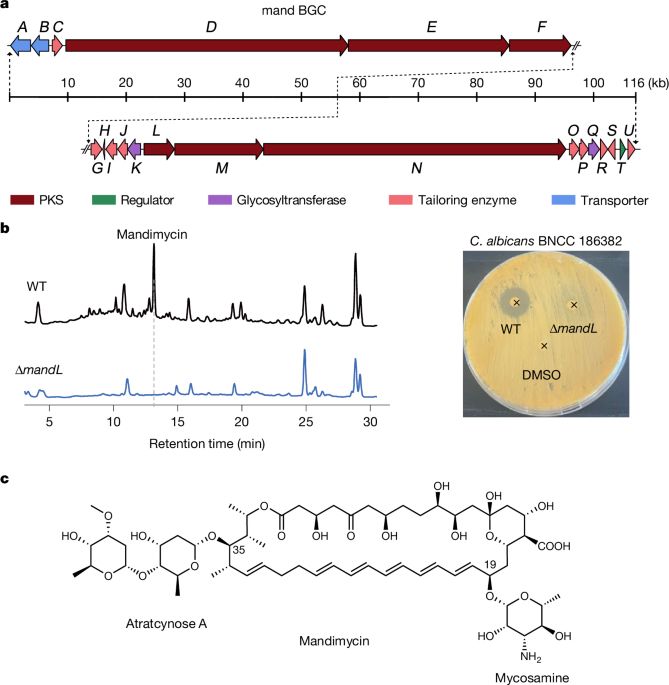
A polyene macrolide targeting phospholipids in the fungal cell membrane - Nature
Mandimycin, a polyene macrolide, exhibits strong antifungal activity and possesses a mode of action that is distinct from other compounds of this class.
www.nature.com
